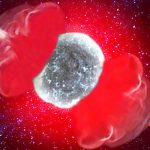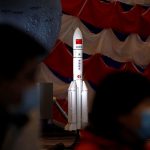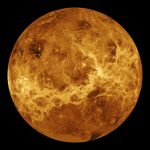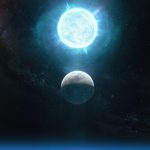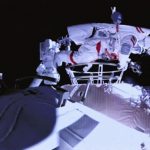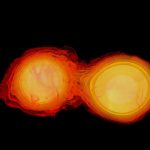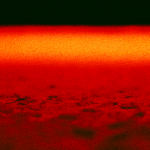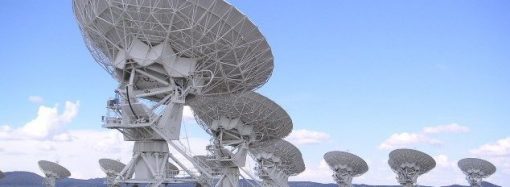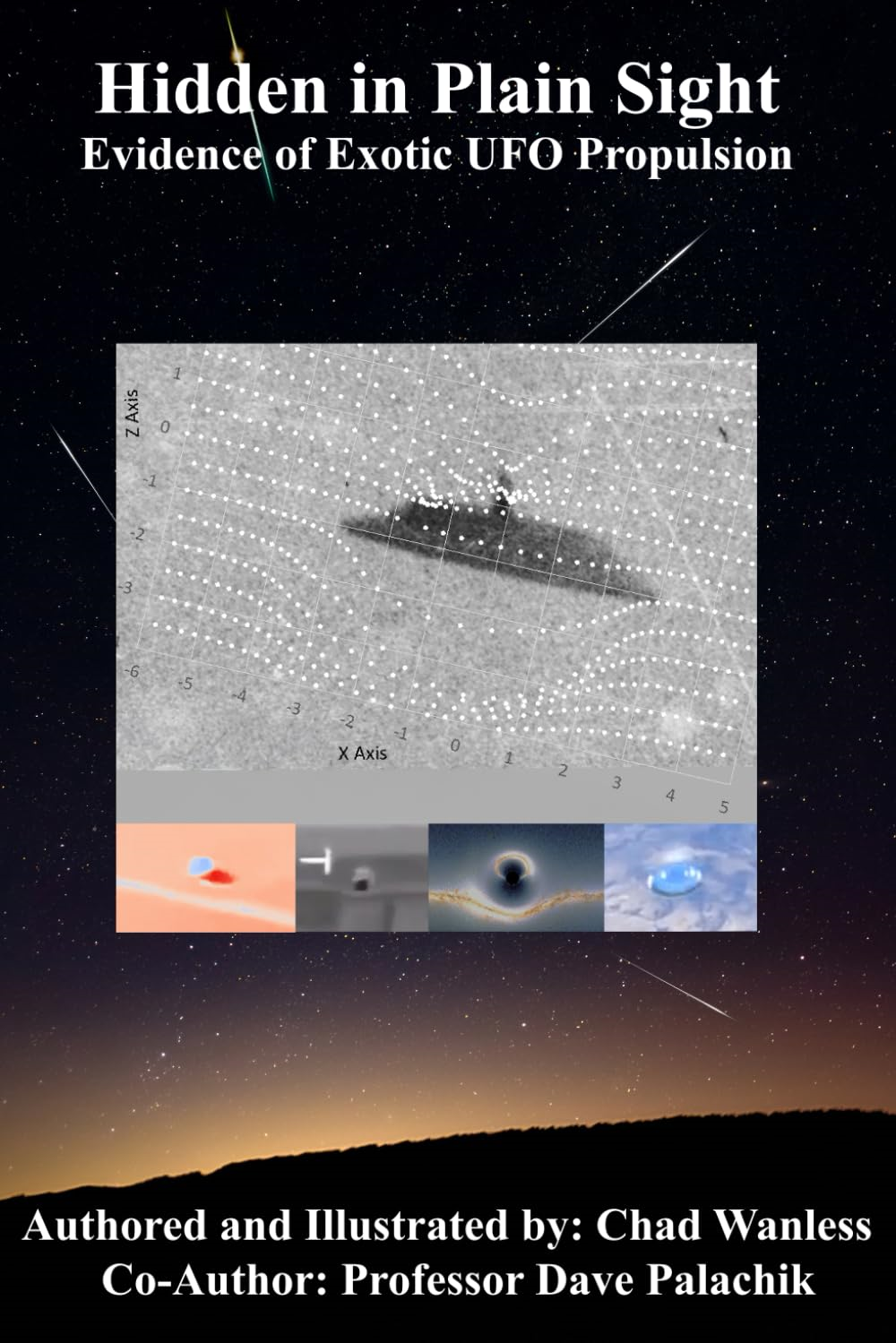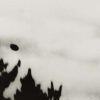Astronomers are revelling at the discovery of a white dwarf that is the largest ever seen. White dwarfs are the collapsed remnants of stars, and this latest find is roughly the size of the Moon and 1.35 times more massive than the Sun. Researchers at the Zwicky Transient Facility at Caltech’s Palomar Observatory made the discovery. To help characterize the dead star, astronomers turned to the W.M. Keck Observatory on Maunakea and University of Hawaiʻi’s Pan-STARRS (Panoramic Survey Telescope and Rapid Response System) on Haleakalā, Maui.


